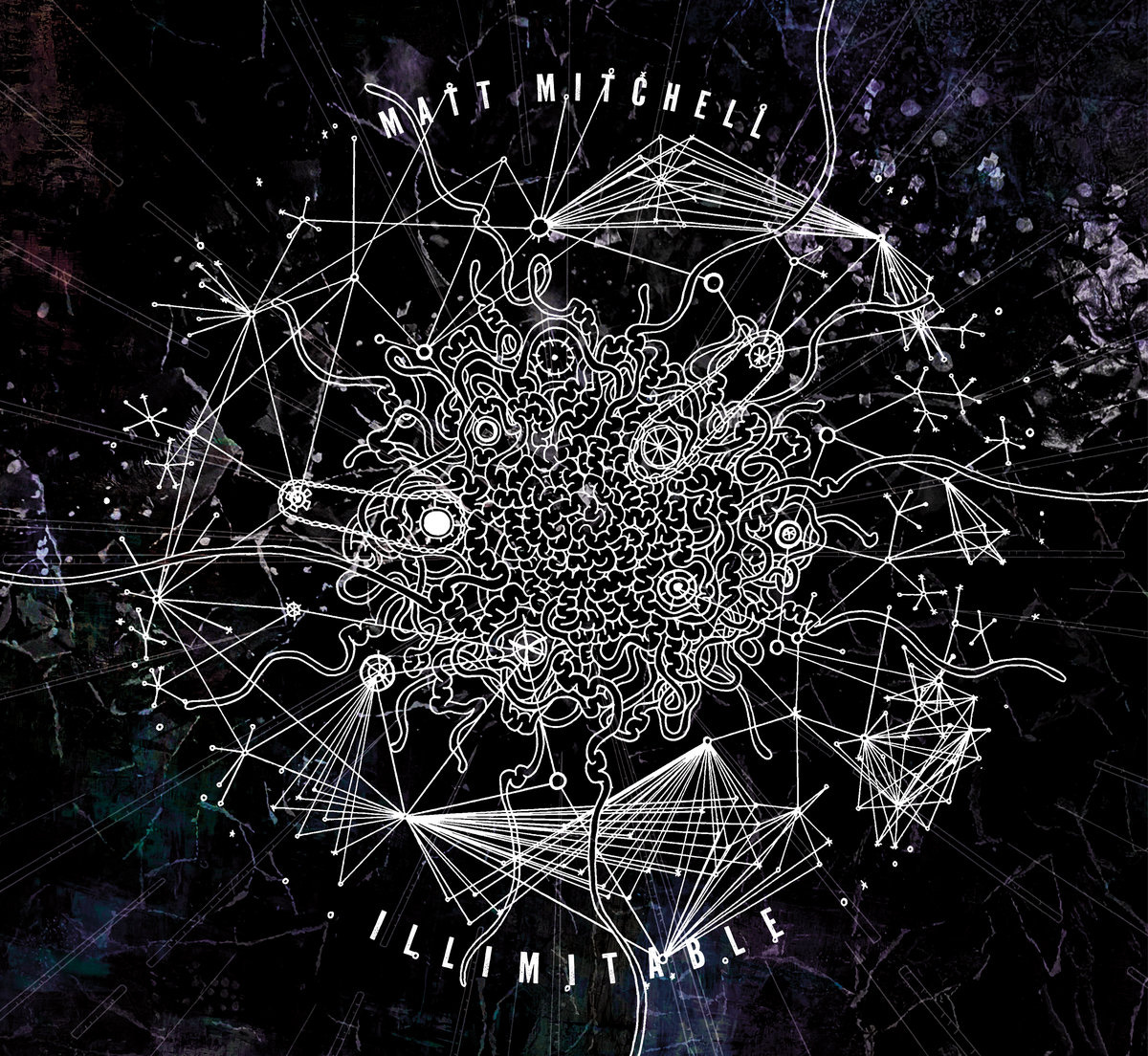One aspect of the first two tracks is that this is pure acoustic piano. There’s no drum sequencer. There are no synths. There are no vocals. Streams of notes, sheets of improvised notes, tumble over each other. And there is quiet. I have been a fan of Keith Jarrett’s wholly improvised performances, and this is in keeping with them—minus the vocalizations Jarrett developed a reputation for. A one-take, improvised piece is in keeping with how I liked to do my acrylic painting (when I was doing acrylic painting). A little bit of “exercise” while doing it, and get the thing out in an hour and a half or less.
The nineteenth-century German philosopher Friedrich Nietzsche commented on the reputation many artists had for “genius,” which he said was misunderstood. The reputation was for sudden, spontaneous creation of history’s great art works, whereas the reality was that the artist put much thought and planning, and work, into creating the impression of a spontaneous work emerging whole out of their imagination. Even today, with the sophisticated techniques of modern music production, the illusion of perfection can be created from symphony recordings, in a way similar to that of “movie magic.” Super-human performances are assembled from cuttings from multiple performances—and is auto-tune used even with classical music recordings? I’d never thought of that before.
Matt Mitchell’s wholly improvised, one-take pieces on Illimitable, like Keith Jarrett’s improvised concerts, buck this longstanding trend of the image of perfection being created artificially. I will not speak of perfection regarding Matt Mitchell’s works. The word is out of place here. As philosopher Martin Heidegger wrote (and it’s important despite his regrettable political involvements with the Nazi Party during World War II), the “that it is” of the art work creates a world around it. Of course, Heidegger is notoriously difficult, and I am only touching on what he wrote about art (and do it in fear and trembling ;-) ). I could be saying something silly. But it is not silly to say that Mitchell’s works declare that they are, and we are to see that they are, and take them into our keeping.
Just yesterday, when mentioning an album to a friend, I was asked what genre of music it was. I realized that I can hardly say much about music genres today. When I was a teenager, the (seemingly!) subtle distinctions between different types of pop music appeared obvious and important to me. While I think it is difficult to argue that J. S. Bach fugues are country, or that Matt Mitchell’s Illimitable is bluegrass, genres serve a much less obvious role for me today, and a far less prominent role in my mapping of musics. I don’t even know what genres names are being used today. And I don’t know what genre name to use for Illimitable—and I am not bothered by that.
The more acoustic piano music I listen to, the more it impresses me how skilled pianists are able to create the impression of there being two pianos playing at once. I am often eager to know more about the miking of pianos during recordings like this one. A single instrument is set before me in a sonic space that is similar to the one it lives in for the performer—high notes to the right, middle notes in the middle, and bass register on the left.
You can listen for free to the first track. I am nearing the end of the second track, “unwonted,” and it has been effectively shaped into movements both fast and slow. The winding down near the end, that I am hearing now, has just struck the image of rain falling on a pond. The delicious resonances of the sustained left-hand notes sit with me as I relax after many tense bars of intense music. I think I have just sat through a guided meditation as much as a piece of music.
I want to get this out.





